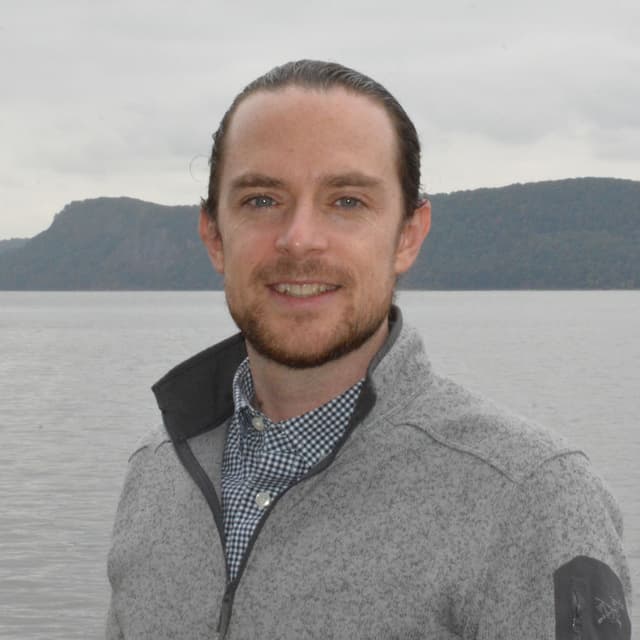
Animal Sewage in New York, By the Numbers
August 1, 2017

Mike Dulong
Legal Program Director

Photo: CC, US Department of Agriculture
Related campaigns

Water quality monitoring
Riverkeeper is the go-to source for information about the quality of the water along the Hudson River and its tributaries

Protecting Hudson River watershed drinking water at the source
Riverkeeper ensures that drinking water sources stay clean and safe through vigilant advocacy and conservation efforts

Remediating and preventing contamination
Cleaning up decades of pollution and preventing more requires scientific understanding, targeted legal action, and sustained advocacy
